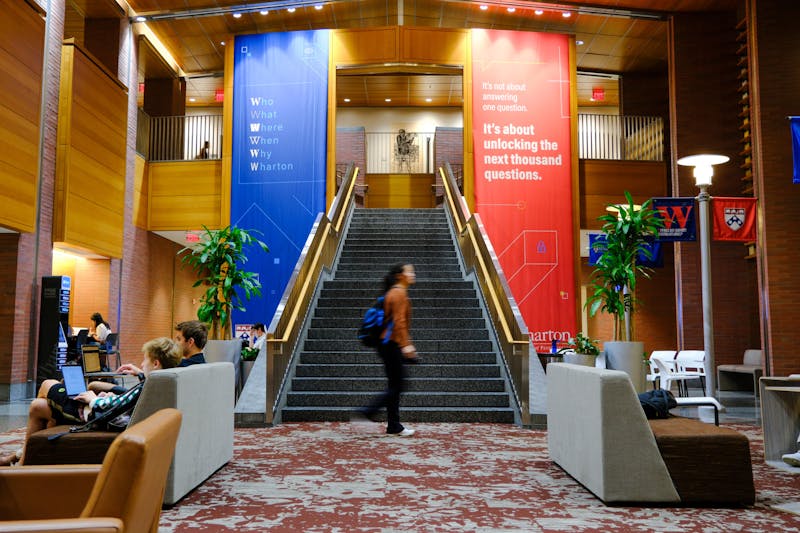Seattle’s Commuting Landscape: A Shift in Trends
Seattle, a city known for its vibrant culture and booming tech industry, is witnessing a notable shift in commuter habits. After years of declining numbers, the trend of driving alone to work is on the rise again. According to the 2024 Seattle Commute Survey, which analyzed the commuting patterns of 75,000 individuals, the number of people reporting solo driving has increased by 6%—marking the first upward trend in this mode of transportation in a decade. This article delves into the nuances of these changes and what they mean for Seattle’s commuting future.
The Numbers Behind the Trend
The 2024 Seattle Commute Survey reveals a complex picture of commuting in the city. While solo driving is on the rise, transit ridership has also seen a 3% increase. This uptick coincides with an 8% drop in fully remote work, indicating that more people are returning to the office. Notably, Orca, the regional transit authority, recently reported a surge past 150 million trips in 2024, highlighting a growing reliance on public transportation.
Key Statistics:
6% increase in solo driving to work
3% increase in transit ridership
8% decrease in fully remote work
Local Perspectives on Commuting
The shift in commuting patterns is influenced by major employers in the area. Companies like Amazon have implemented back-to-office mandates, requiring employees to return to the office full-time starting January 2025. This has led to increased traffic congestion, particularly along South Lake Union’s Mercer Street, a critical artery for commuters.
Alex Hudson, Executive Director of Commute Seattle, emphasizes the need for a strategic response to these changes. "As more people return to in-person work, they’re rethinking how they get to the places that matter most," Hudson notes. He advocates for increased investment in public transportation to accommodate the rising number of commuters and to promote sustainable travel options.
The Commuting Experience: A Mixed Bag
Interestingly, the survey found that residents reported a more positive commuting experience when engaging in "active travel," which includes walking or biking. This suggests that while driving alone may be on the rise for work commutes, other forms of transportation are gaining traction for errands and leisure activities.
Insights from the Survey:
Increased solo driving is primarily linked to the need for quicker travel times and family care arrangements.
Transit and foot traffic continue to rise for non-work-related trips, indicating a diverse approach to commuting.
The Future of Commuting in Seattle
The changing landscape of commuting in Seattle presents both challenges and opportunities. With more people returning to the office, the city faces the pressing need to enhance its transportation infrastructure. Hudson’s call for sustainable transportation investments is crucial; smart choices made today can ease congestion and improve the overall livability of Seattle.
Conclusion
As Seattle navigates this new commuting era, the interplay between solo driving, public transit, and active travel will shape the city’s future. With major employers pushing for in-person work and a growing population, the time is ripe for innovative solutions that prioritize sustainable commuting options. The decisions made now will not only impact daily commutes but also the long-term health and connectivity of Seattle as a thriving urban center.
For more updates on local news, traffic, and events in Seattle, consider signing up for the FOX Seattle Newsletter or downloading the FOX LOCAL app for real-time updates.




















